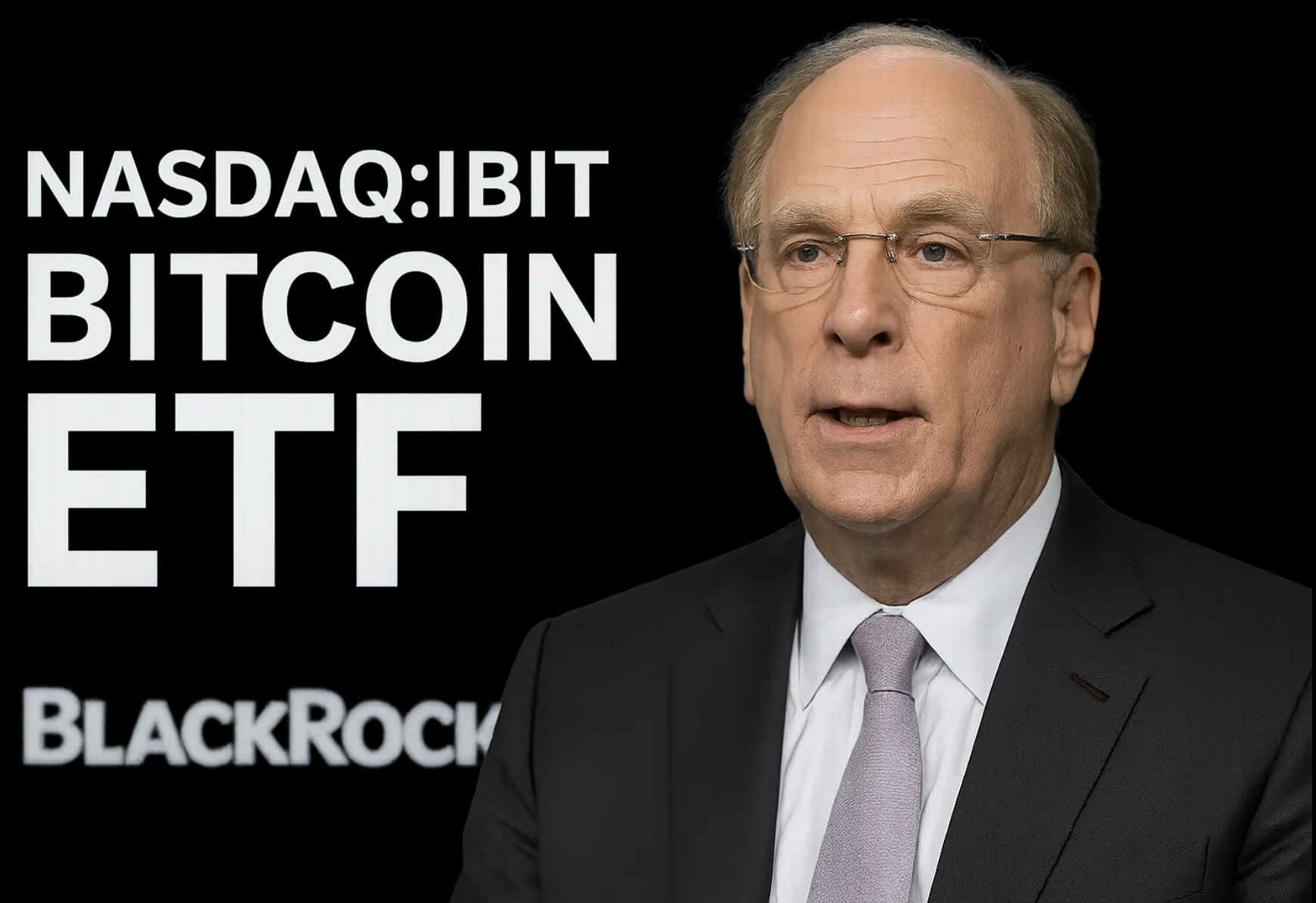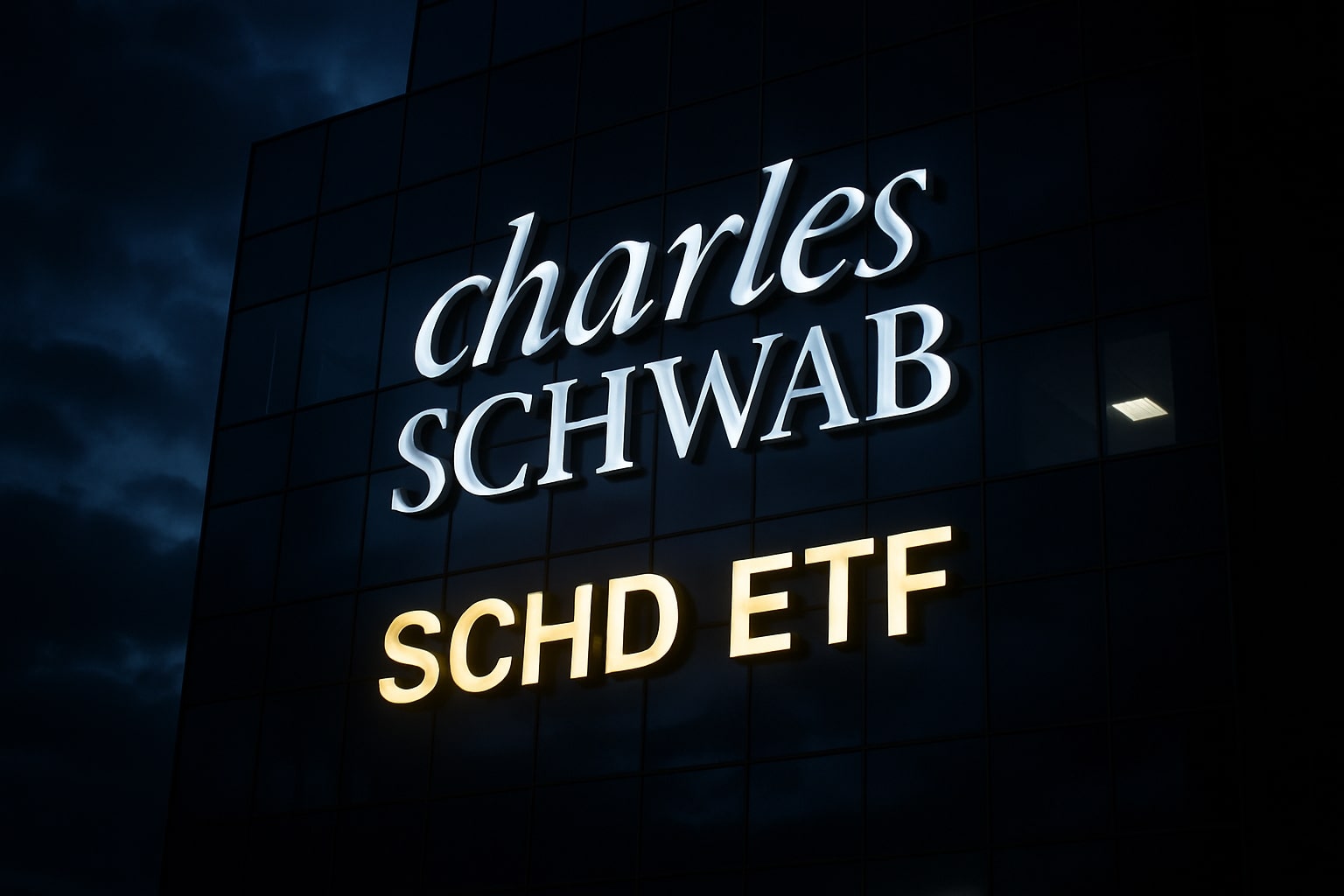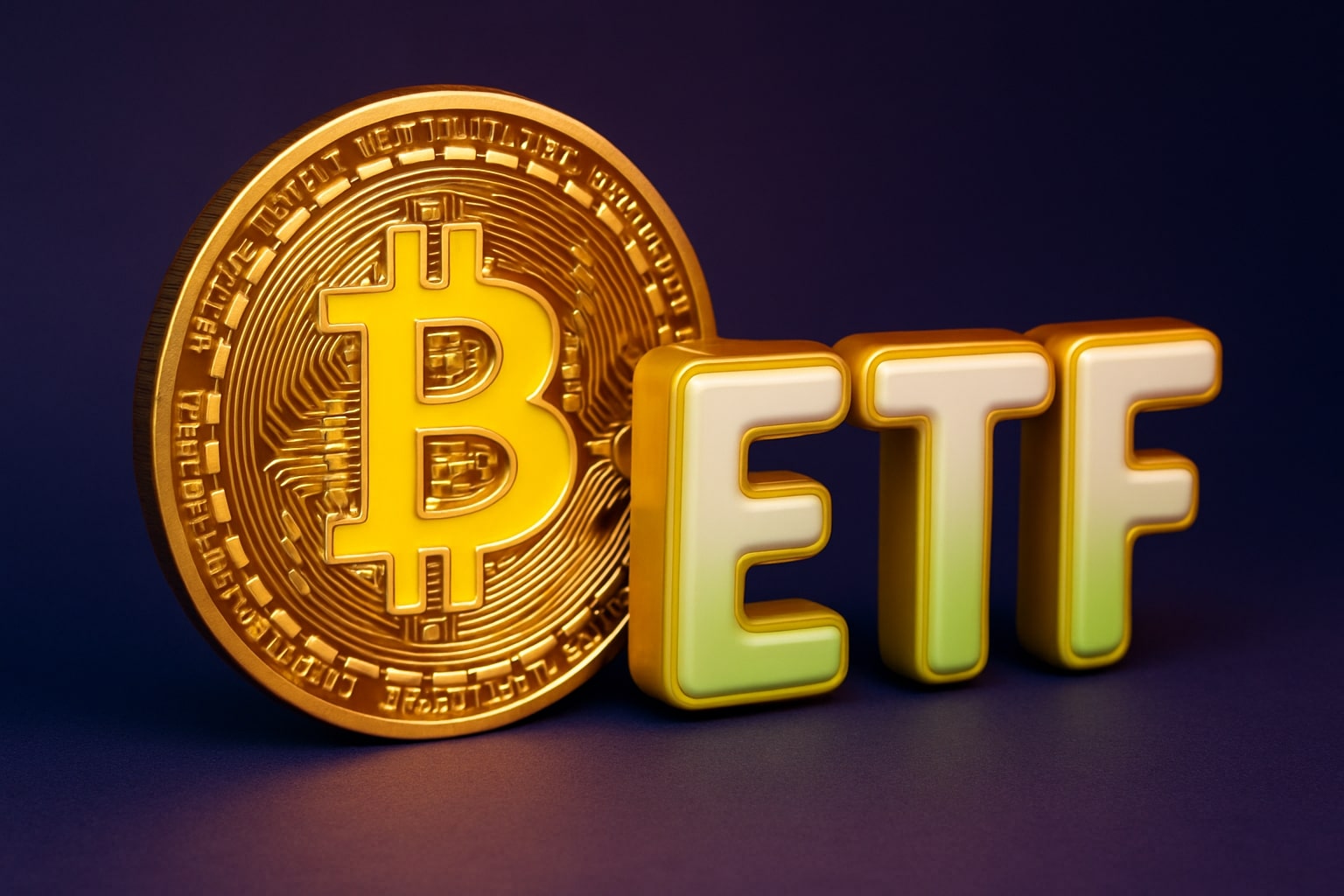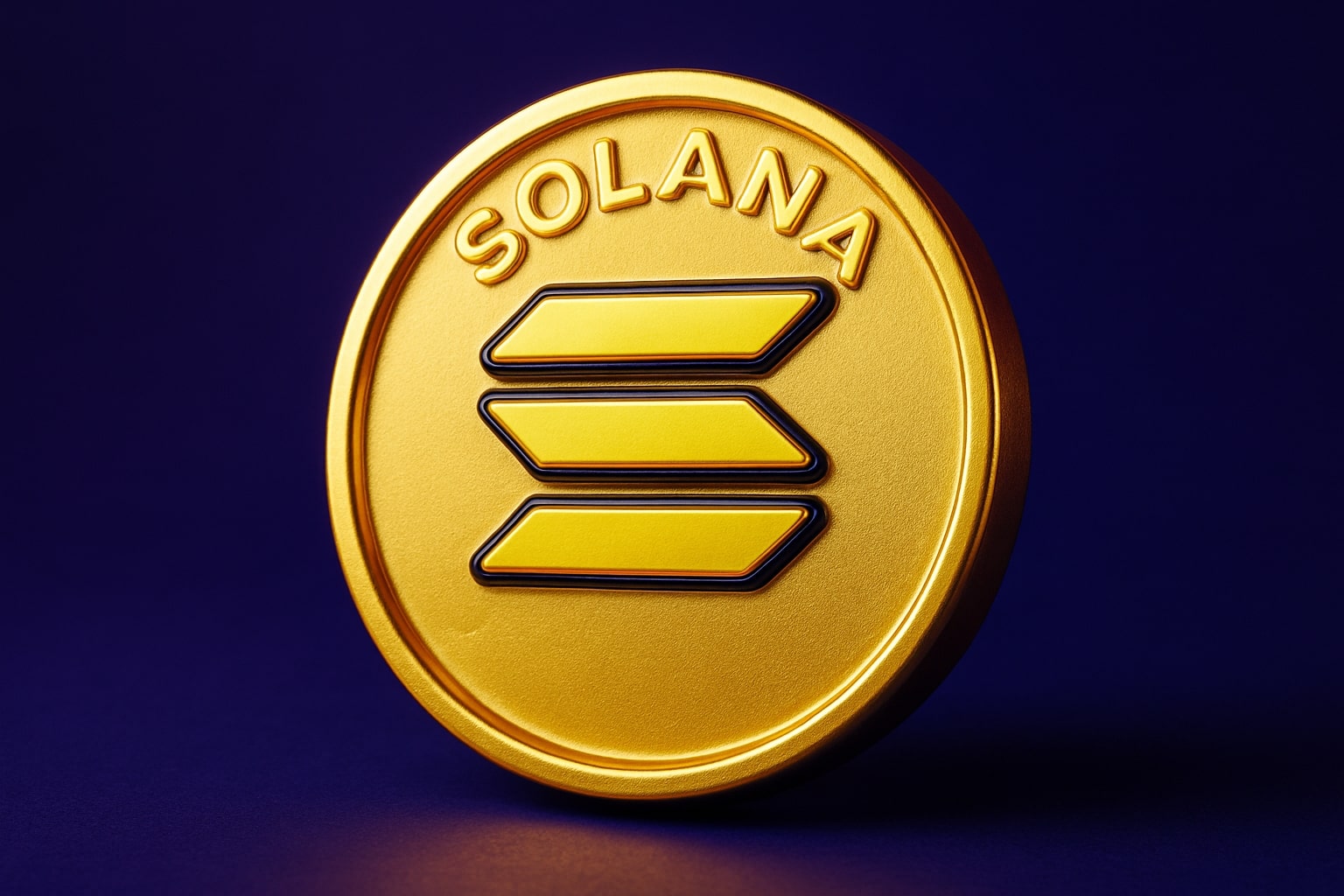
NASDAQ:IBIT ETF: Bitcoin’s Simplified Access with BlackRock’s Expertise
Is NASDAQ:IBIT the best way to gain exposure to Bitcoin in 2025? How does it compare to other Bitcoin ETFs and traditional investments? | That's TradingNEWS
IBIT ETF: Bitcoin’s Bright Future with BlackRock’s Trust
Bitcoin continues to dominate the global financial conversation as an asset with massive upside potential. While the volatility that once defined this digital asset still lingers, Bitcoin has evolved into a more mature financial instrument, especially with the introduction of ETFs like NASDAQ:IBIT, the iShares Bitcoin Trust ETF, launched by BlackRock in January 2024. IBIT provides the most liquid and straightforward exposure to Bitcoin while bypassing the complexities associated with direct crypto holdings like cold wallets and complicated key management.
The performance of IBIT is noteworthy: it has accumulated over $45 billion in assets under management (AUM), making it one of the largest Bitcoin ETFs in the market. This speaks volumes about investor confidence, as BlackRock's backing lends a layer of credibility and trust, making IBIT an attractive vehicle for retail and institutional investors alike. The convenience of buying IBIT shares is hard to overlook, especially for those who want to tap into Bitcoin’s potential without dealing with the nuances of crypto transactions.
Why IBIT Stands Out Among Bitcoin ETFs
NASDAQ:IBIT is in a league of its own compared to other Bitcoin ETFs. With its strong liquidity, tight bid-ask spreads, and competitive expense ratio of 0.25%, IBIT offers clean, reliable exposure to Bitcoin’s spot price. When compared to other Bitcoin ETFs, IBIT’s trading volume and liquidity ensure investors can enter and exit positions efficiently, making it a go-to choice for large and small investors alike. In fact, IBIT's average daily trading volume sits at over 44 million shares, a figure that competes fiercely with major equity ETFs like SPY, which sees daily volumes of approximately 60 million.
This level of liquidity is crucial, as it allows investors to take full advantage of Bitcoin's market swings without the worry of being caught in a large bid-ask spread. The expense ratio, though slightly higher than some competitors like Grayscale’s GBTC (which charges 1.5%), remains competitive in the growing Bitcoin ETF market, especially considering BlackRock’s global reach and expertise in fund management.
The Case for Bitcoin: Inflation, M2, and Institutional Adoption
Bitcoin’s value proposition is becoming clearer against the backdrop of global inflation and increasing institutional adoption. As of early 2025, inflation is still running above the Fed’s 2% target, hovering around 3%. This persistent inflationary pressure pushes investors towards assets that offer scarcity and are relatively immune to the traditional inflationary effects seen in fiat currencies. Bitcoin, with its capped supply of 21 million, is perfectly positioned to benefit from these macroeconomic trends.
Additionally, the M2 money supply, which includes all cash and liquid assets, has seen exponential growth, especially post-COVID. Bitcoin’s price has historically responded to changes in the M2 money supply, with the cryptocurrency seeing significant price rallies when liquidity increases. As the Fed shifts towards quantitative easing in 2025, Bitcoin is likely to continue its upward momentum, driven by an increase in liquidity. This trend is crucial for IBIT, as more liquidity in the market generally translates into higher Bitcoin prices, which directly benefits IBIT’s price.
Institutional adoption is another pillar supporting Bitcoin’s future price appreciation. Companies like MicroStrategy (MSTR) have aggressively increased their Bitcoin holdings, and even GameStop (GME) has added Bitcoin to its balance sheet. This institutional buy-in is crucial for validating Bitcoin as a legitimate asset class and further driving price increases. MicroStrategy, for example, owns over 2.5% of Bitcoin’s total supply, and its CEO, Michael Saylor, has made it clear that the company’s sole mission is to accumulate more Bitcoin.
Bitcoin’s Market Growth and Volatility: Strategic Exposure with IBIT
Bitcoin's market growth is undeniable. As more institutional investors embrace Bitcoin, the demand for products like IBIT is expected to rise. The rise of Bitcoin as an institutional asset is further validated by Bitcoin’s correlation with traditional market instruments and growing ETF inflows, such as the $220 million that poured into spot Bitcoin ETFs on April 2, 2025. Moreover, Bitcoin’s increasing acceptance by government entities, such as the U.S. government’s purchase of over 200,000 BTC, solidifies the cryptocurrency’s status as a store of value.
Despite Bitcoin’s volatility, it has matured as an asset, with extreme price swings becoming less frequent. The launch of regulated Bitcoin futures, options, and ETFs, such as IBIT, has provided investors with tools to hedge and manage risk, further stabilizing Bitcoin’s market behavior. IBIT offers a practical way to tap into Bitcoin’s price appreciation without exposing oneself to the same volatility that plagued the early years of Bitcoin’s existence.
Option Strategies for IBIT Exposure: Generating Yield and Lowering Volatility
For investors looking to enhance their exposure to NASDAQ:IBIT, option strategies like covered calls and cash-secured puts present a way to generate yield while maintaining a bullish long-term outlook on Bitcoin. Covered calls involve holding IBIT and selling a call option against it, generating income from the option premium while limiting the upside potential. This strategy is best suited for those moderately bullish on Bitcoin who are looking to receive income while waiting for price appreciation.
Cash-secured puts, on the other hand, allow investors to potentially buy IBIT at a discounted price. By selling put options, investors are paid a premium for agreeing to purchase the stock at a lower price if the option is exercised. This strategy is ideal for those who are bullish on Bitcoin but want to enter the market at a lower price point.
By incorporating these options strategies, investors can not only earn income but also reduce volatility and improve risk-adjusted returns while participating in Bitcoin’s long-term growth.
Macro Trends and Volatility: How IBIT and Bitcoin Are Positioned
Looking ahead, Bitcoin’s price will likely remain volatile in the short term due to macroeconomic conditions and shifting investor sentiment. The potential for a recession and concerns about interest rate cuts may cause uncertainty in the market, leading to fluctuations in Bitcoin's price. However, Bitcoin’s proven ability to thrive during periods of economic uncertainty positions it as a strong asset for long-term investors.
The macroeconomic factors driving Bitcoin’s value, such as inflation, M2 money supply growth, and institutional adoption, are likely to continue supporting its price trajectory. Investors in NASDAQ:IBIT stand to benefit from these trends as Bitcoin becomes increasingly integrated into the global financial system.
Conclusion: Is IBIT a Buy, Hold, or Sell?
Based on the current market environment and macroeconomic conditions, NASDAQ:IBIT presents a compelling opportunity for long-term investors looking to gain exposure to Bitcoin without the complexities of direct crypto investments. While short-term volatility may persist, the underlying macro trends—such as inflation, M2 growth, and institutional adoption—are supportive of Bitcoin's long-term growth.
For investors looking to strategically manage their exposure to Bitcoin, incorporating options strategies like covered calls and cash-secured puts into their IBIT positions provides a way to enhance returns and mitigate volatility. Given the growing adoption of Bitcoin and the continued development of Bitcoin ETFs, IBIT remains one of the best vehicles for gaining exposure to the cryptocurrency market. Therefore, IBIT is a strong buy for those looking to participate in Bitcoin’s future growth while managing risk.
That's TradingNEWS
Read More
-
SCHD ETF (NYSEARCA:SCHD) Climbs To $27.25 As Investors Flock To Dividend Stability Over Tech Volatility
12.11.2025 · TradingNEWS ArchiveStocks
-
Bitcoin (BTC-USD) ETF Inflows Surge To $524M As BlackRock’s IBIT Dominates Rebound
12.11.2025 · TradingNEWS ArchiveCrypto
-
Natural Gas Price (NG=F) Steadies at $4.53 as Record LNG Exports and Rising Winter Demand Boost Market Confidence
12.11.2025 · TradingNEWS ArchiveCommodities
-
USD/JPY Price Forecast - USDJPY=X Holds At ¥154.10 As Intervention Threats And Fed Cut Expectations Drive Volatility
12.11.2025 · TradingNEWS ArchiveForex


















